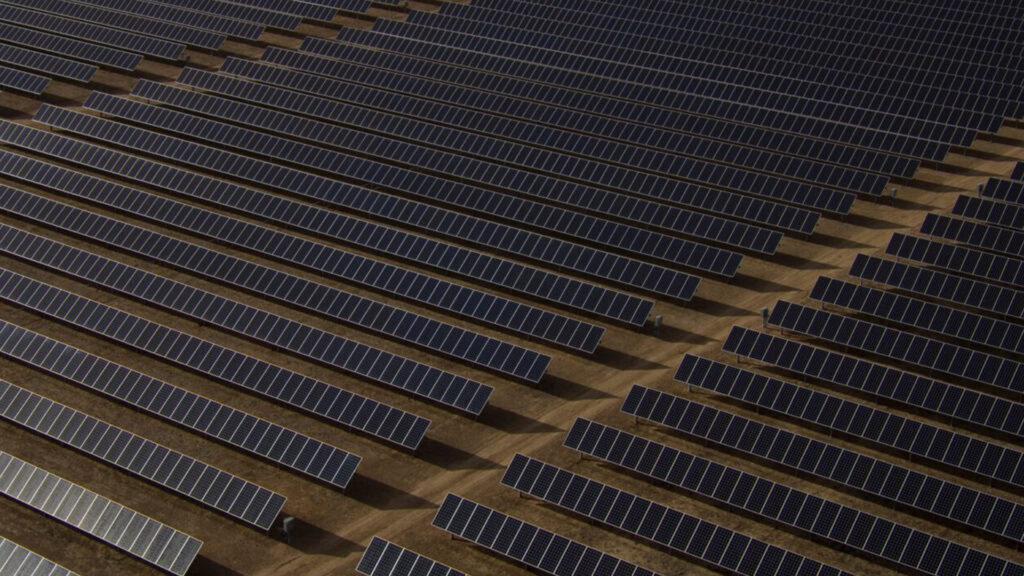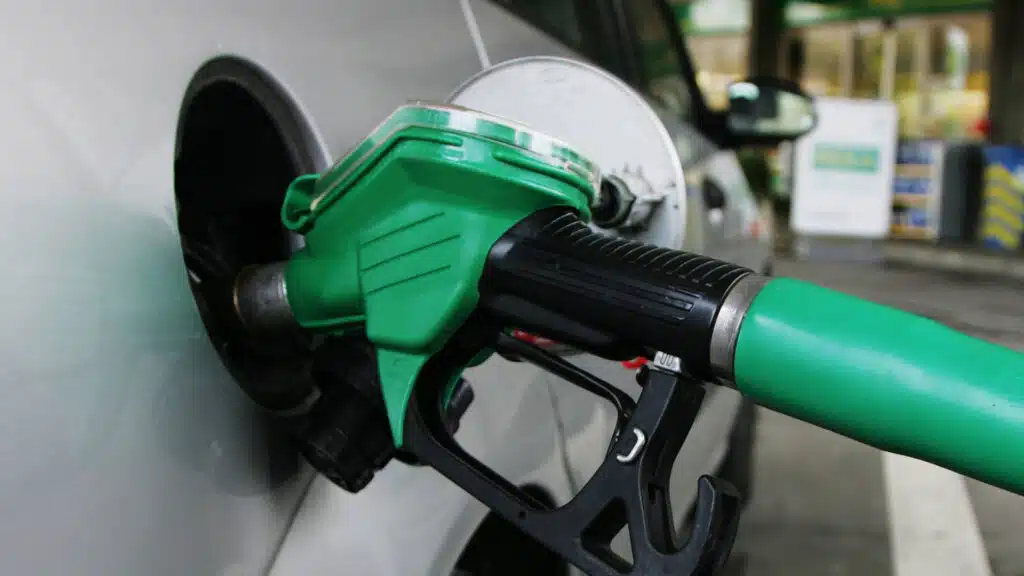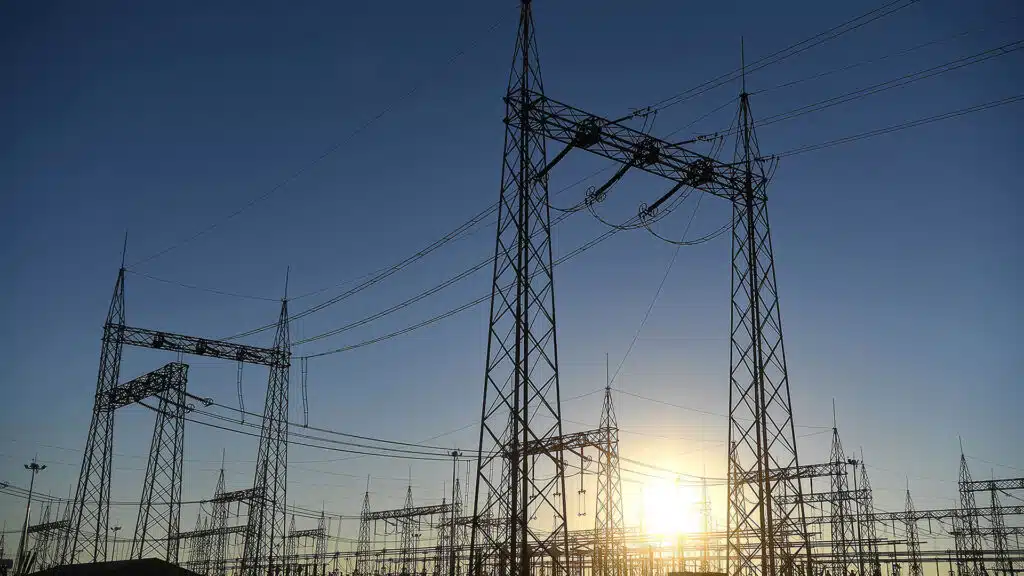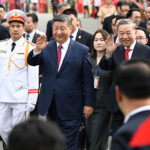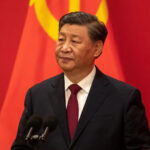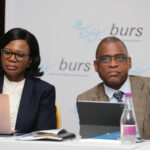On February 14, 2025, Botswana took a bold step toward energy independence and sustainability. With Parliament approving two critical loan authorization bills supported by the International Bank for Reconstruction and Development (IBRD) and the Green Climate Fund (GCF), the nation is primed to unlock its vast renewable energy potential. This ambitious initiative signals a strategic pivot from reliance on fossil fuels and imported electricity toward clean, diversified, and resilient energy systems.
The Renewable Energy Support and Access Accelerator Project aims to address Botswana’s pressing energy supply challenges while aligning with national and global climate goals. As load shedding and energy insecurity threaten economic growth, Botswana’s leadership is responding with a plan to transform its grid and bring affordable power to its people.
In line with this, Parliament recently authorized the government to source a loan not exceeding P1.2 billion (USD 88 million) from the International Bank for Reconstruction and Development (IBRD). Vice President and Minister of Finance, Mr. Ndaba Gaolathe, tabled the Botswana Renewable Energy Support and Access Accelerator Project Loan Bill, advocating for financing to integrate renewables into the national grid and improve electricity provision in rural areas.
Mr. Gaolathe emphasized Botswana’s natural advantages in solar and wind energy, highlighting the government’s commitment to transitioning from fossil fuels to a resilient energy mix that aligns with the country’s ambition to reduce electricity costs by 30%.

Highlights
- Botswana’s Parliament approved two major loan bills totaling over USD 118 million for renewable energy development.
- The funding comes from the IBRD and Green Climate Fund, including a grant of USD 4 million.
- Projects focus on solar and wind energy, infrastructure upgrades, and rural electrification.
- Energy costs are expected to drop by 30%, reducing reliance on fossil fuels.
- The initiative supports Botswana’s commitment to sustainable development and energy security.
Building the Framework: Policy, Financing, and Ambition
Botswana’s energy mix has historically leaned heavily on coal-fired stations, particularly the underperforming Morupule B power station. With frequent outages and increasing imports from South Africa, the government has turned to renewable solutions. The dual-loan structure reflects a blended finance model, combining concessional and commercial terms to maximize developmental impact.
Loan Details and Financial Structure
- GCF Grant: USD 4 million (~BWP 54 million)
- GCF Loan: USD 30 million, 0% interest, 20-year term
- IBRD Loan: USD 88 million, 5.82% fixed interest, 30-year term with 9-year grace period
All proceeds will be deposited into the National Development Fund. With public debt at 26.2% of GDP—well below the legal 40% cap—the loans are deemed fiscally sustainable.
Why This Matters: Energy Security and Economic Stability
Botswana’s energy infrastructure has been a bottleneck for growth. The country’s peak demand of 627 MW is precariously served by 892 MW of coal-dependent capacity—comprising the older Morupule A with a capacity of 132 MW and the newer but persistently underperforming Morupule B at 600 MW.
While Morupule A shows signs of aging, Morupule B has faced significant operational challenges since its commissioning in 2012, preventing it from reaching its full potential. Operational challenges at Morupule B have forced costly imports from the Southern African Power Pool.
“Load shedding in South Africa has severely affected our border communities. We must reduce dependency and empower our own grid.” — Vice President and Minister of Finance
Infrastructure Upgrades in Focus
The project targets upgrades in border districts like Kgatleng and Kgalagadi, where cross-border supply has proven unreliable. Completed works in Kgatleng are improving resilience, while feasibility studies continue in Kgalagadi. Electrification efforts are also underway in previously underserved villages.
This renewed push follows Parliament’s formal support on March 28, 2025, with the Vice President noting in his address that Botswana’s renewable resources present “a promising opportunity for clean and affordable electricity generation.” He outlined that persistent operational issues at Morupule B, commissioned in 2012, have made energy diversification an urgent priority.
Blending Climate Goals with Economic Strategy
Botswana’s alignment with climate finance mechanisms like the GCF reflects its dual commitment to carbon neutrality and economic transformation. Reducing energy costs by 30% is not just an environmental target—it’s a competitive imperative for industry, small business, and household affordability.
“This is about affordability, resilience, and inclusive growth,” emphasized the Minister. “Energy diversification drives all three.”
The IEA projects that Africa’s renewable energy potential could supply 60% of new power demand by 2040. Botswana is racing to be on the leading edge of that curve.
What’s Next: Implementation and Oversight
With loan approvals finalized, Botswana must now deliver. Key areas of focus will include:
Grid Integration and Transmission Modernization
- Investments in 33kV and 66kV transmission lines
- Storage capacity and smart-grid technology
Job Creation and Local Content
- Prioritizing local engineering and construction firms
- Upskilling Batswana in solar, wind, and energy storage tech
Regulatory Efficiency
- Streamlining approvals and land access for solar/wind farms
- Ensuring transparency in procurement and delivery
Conclusion: Diverging Views in a Defining Moment
The Renewable Energy Support and Access Accelerator Project is positioned as a strategic move toward energy independence and cost reduction. Yet, not all perspectives align with the current trajectory.
A growing concern among economic analysts and industrial policy advocates is whether the “green transition” being pursued mirrors Western models without adequate contextualization for Africa. Germany’s 2024 energy crisis and South Africa’s ongoing power failures—amid global pressure to phase out coal—serve as cautionary tales.
Africa, particularly Botswana, sits on abundant coal reserves, offering a foundation for industrialization akin to the West’s 19th-century revolution. Some economists and critics of globalist policies argue that the push to decommission assets like Morupule B is premature and counterproductive.
A recent Sunday Standard report revealed internal disagreements in government on the future of Botswana’s energy policy, with suggestions to close Morupule B triggering a wave of opposition.
“This is not a time to shut down our most abundant resource. The industrialization of Africa must be powered by what Africa has—coal, sun, and ingenuity,” noted one parliamentarian during the debate.
The debate underscores a deeper issue: Who gets to define Africa’s energy future? While renewables promise sustainability, the danger lies in becoming overly reliant on foreign frameworks that may not align with local realities.
As Botswana moves forward, balancing green ambition with national interest will be key.
